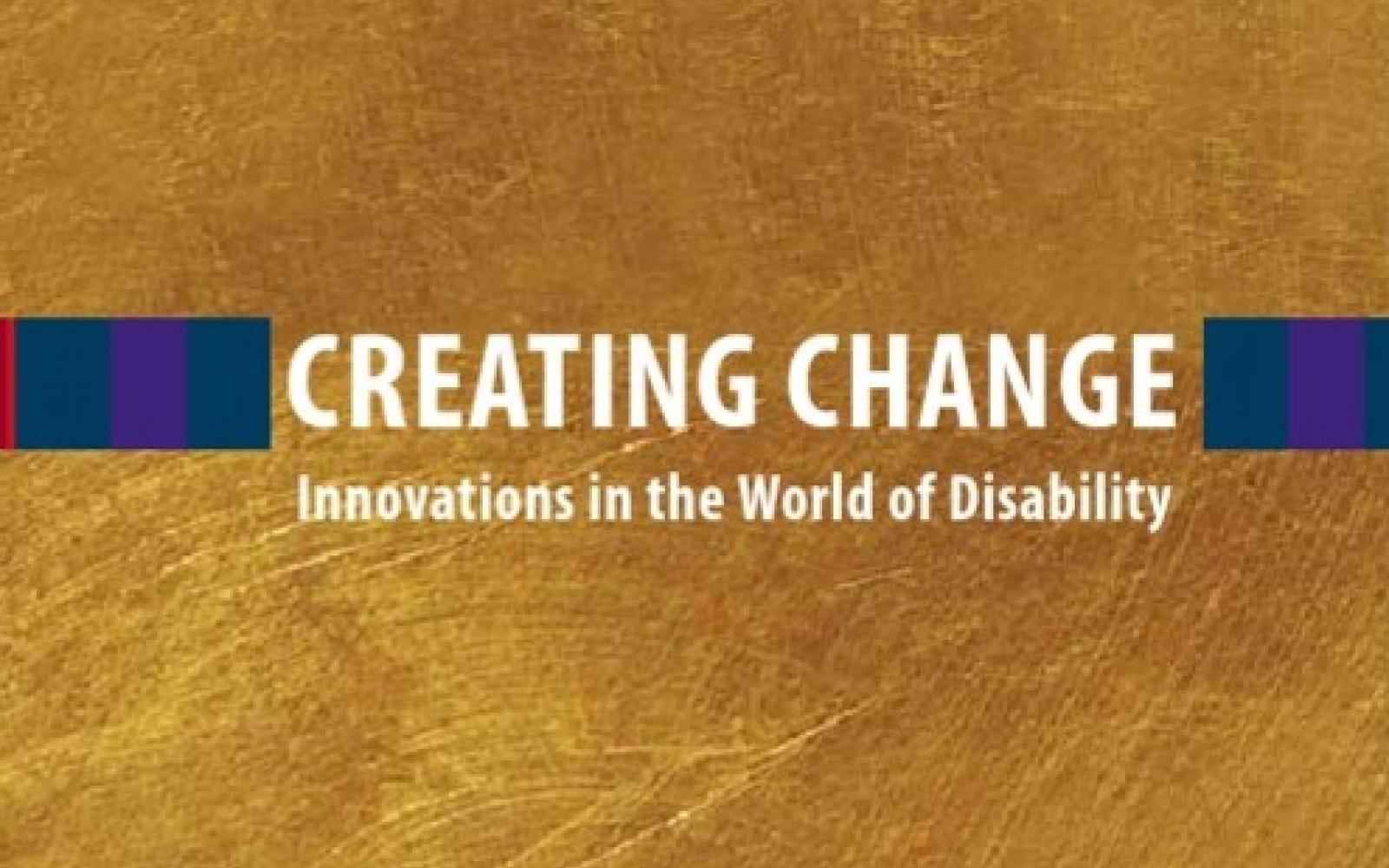One of the most important roles Ashoka can play is to convene our Fellows around shared challenges - providing a platform for sharing, learning and collaboration. After a number of Ashoka fellows have worked in a particular area—education, health, privacy, housing, etc - we look for patterns or “mosaics” that capture key lessons about what is effective. These mosaics help future fellows and changemakers increase their impact.
One such ongoing collaboration between Ashoka Fellows is in the area of dis(ability). After a group of Fellows working in this area came together last year they decided that wanted to publish a book together to showcase their work and the most innovative new approaches to ensuring that all people, regardless of their "disability", have the opportunity to be full and respected members of society and, indeed, changemakers in their own right.
This is the book they have produced.
From the preface by Bill Drayton:
"What is the most powerful force in the world?
It is always a big, pattern change idea…But only if it is in the hands of a great entrepreneur.
That is what has launched every major historic change.
Can those with disabilities be amongst these most powerful people? Of course! Many of Ashoka’s leading social entrepreneur Fellows are.
Every such social entrepreneur makes a mockery of the term “disability”. How can one even begin to think that a social entrepreneur is “disabled”?
Ashoka’s central purpose is to help the world make the transition from the long millennia during which there were only a few players to a far happier “everyone a changemaker” society.
The Agricultural Revolution produced only a very small surplus, which meant that only a tiny portion of the population could engage in anything more than creating the small agricultural surplus needed to support an elite. With change escalating logarithmically, and with change coming from more and more vectors and combinations of vectors, the “few players” system simply is no longer viable.
The key factor for success for any organization or society increasingly will be measured in terms of what proportion of the population are changemakers, and what level of this skill they bring, and how well they are connected. (Why did Detroit and Calcutta wither while San Jose and Bangalore took off?)
What counts in this new world? It is not physical brawn. Instead, it is a very complex set of social skills that every child and young person must learn empathy, teamwork, leadership, and changemaking. Plus the confidence to acquire these skills and to define oneself as a changemaker.
In the “everyone a changemaker” world, virtually everyone can be a changemaker.
The disability movement has been intuitively moving in this direction. It seeks to ensure that the 10 percent of the population who have disabilities live full lives – which ultimately means contributing importantly to society.
The movement’s ultimate gift is that of enabling those it serves to be givers. And that can only mean helping them
become changemakers in a world defined by change.
This end goal is clear and clearly right. Getting there requires brilliant social entrepreneurship. This volume will give you a sense of the way forward – and also of the magic of social entrepreneurship."
